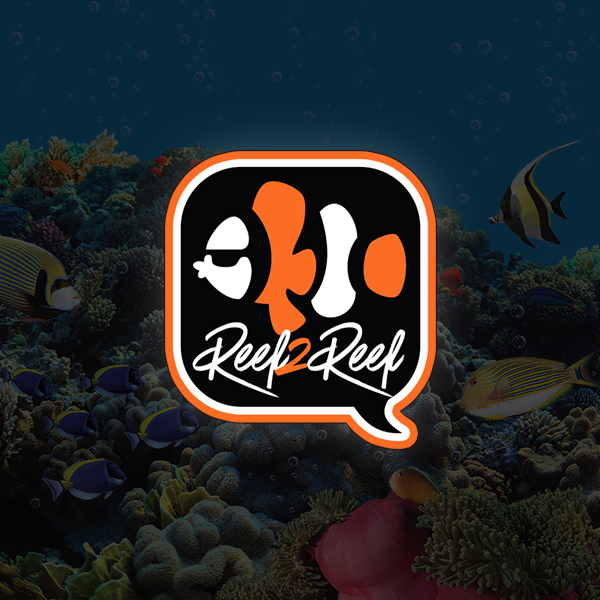My tank runs regularly at 0.08-0.1 Phosphates, and 0 Nitrates. Corals are healthy and all looks good. But, in my Icarian quest for brighter colors I started dosing NeoNitro a few months ago. This jump started some Cyano which I’ve been dealing with ever since. No natural remedies have worked, and now I’m planning to resort to ChemiClean.
My main concern is that I do not want to kill all, or ideally any, of the beneficial bacteria in my tank. If I take the media out of my sump, can I reintroduce it with no issues after the 2 day ChemiClean period and water change? Or, does the media in my sump have Cyanobacteria which I’d be reintroducing to the tank despite it looking clean?
My main priority is the health and safety of my fish and corals, and I don’t want to kill any strains of bacteria which they may be thriving on.
Once the cyano is cleaned, would you guys still try raising nitrates (how?), or let the tank do its thing if everything is happy enough?
My main concern is that I do not want to kill all, or ideally any, of the beneficial bacteria in my tank. If I take the media out of my sump, can I reintroduce it with no issues after the 2 day ChemiClean period and water change? Or, does the media in my sump have Cyanobacteria which I’d be reintroducing to the tank despite it looking clean?
My main priority is the health and safety of my fish and corals, and I don’t want to kill any strains of bacteria which they may be thriving on.
Once the cyano is cleaned, would you guys still try raising nitrates (how?), or let the tank do its thing if everything is happy enough?





